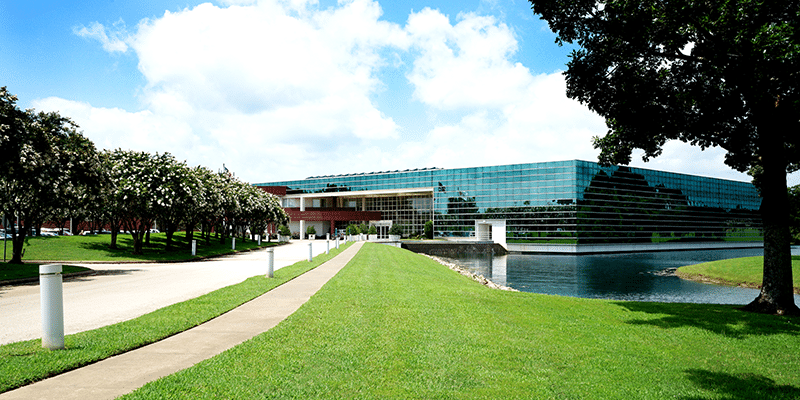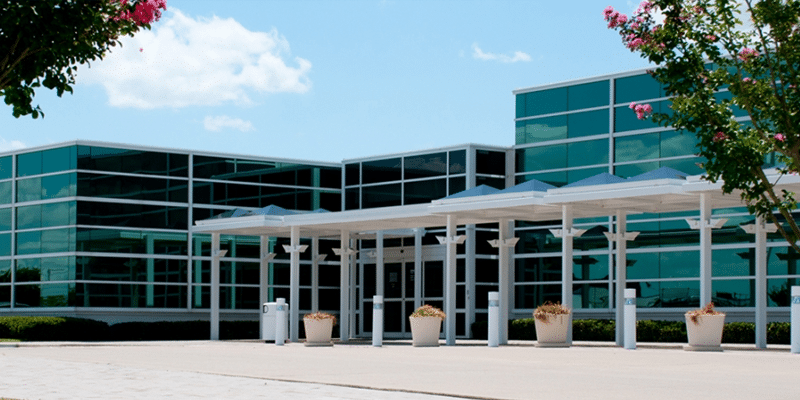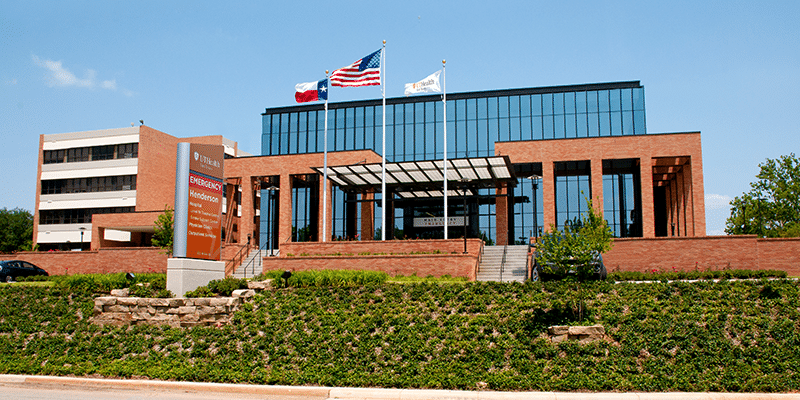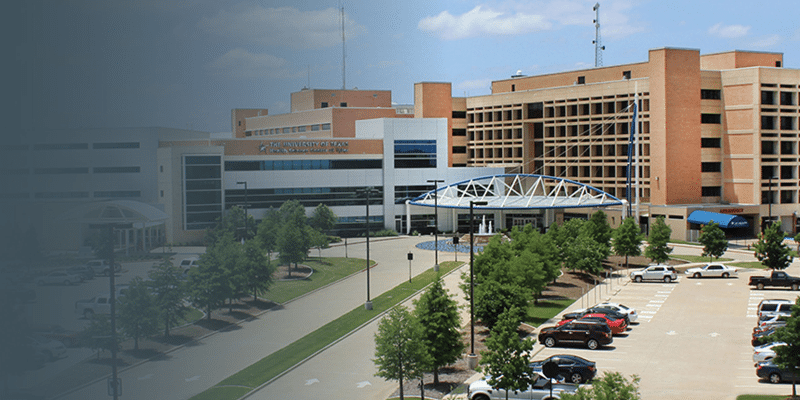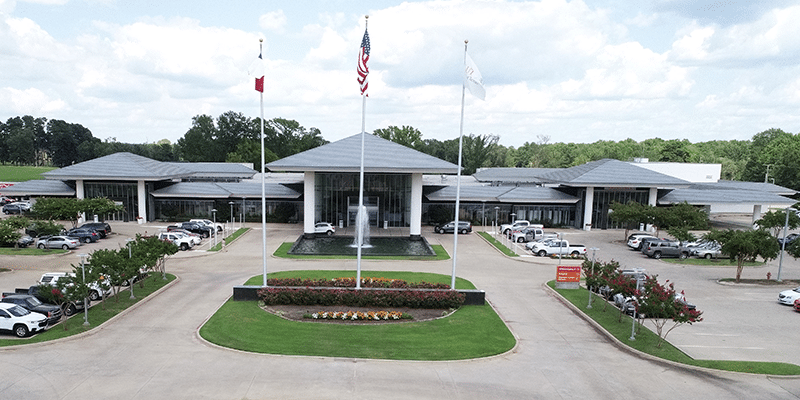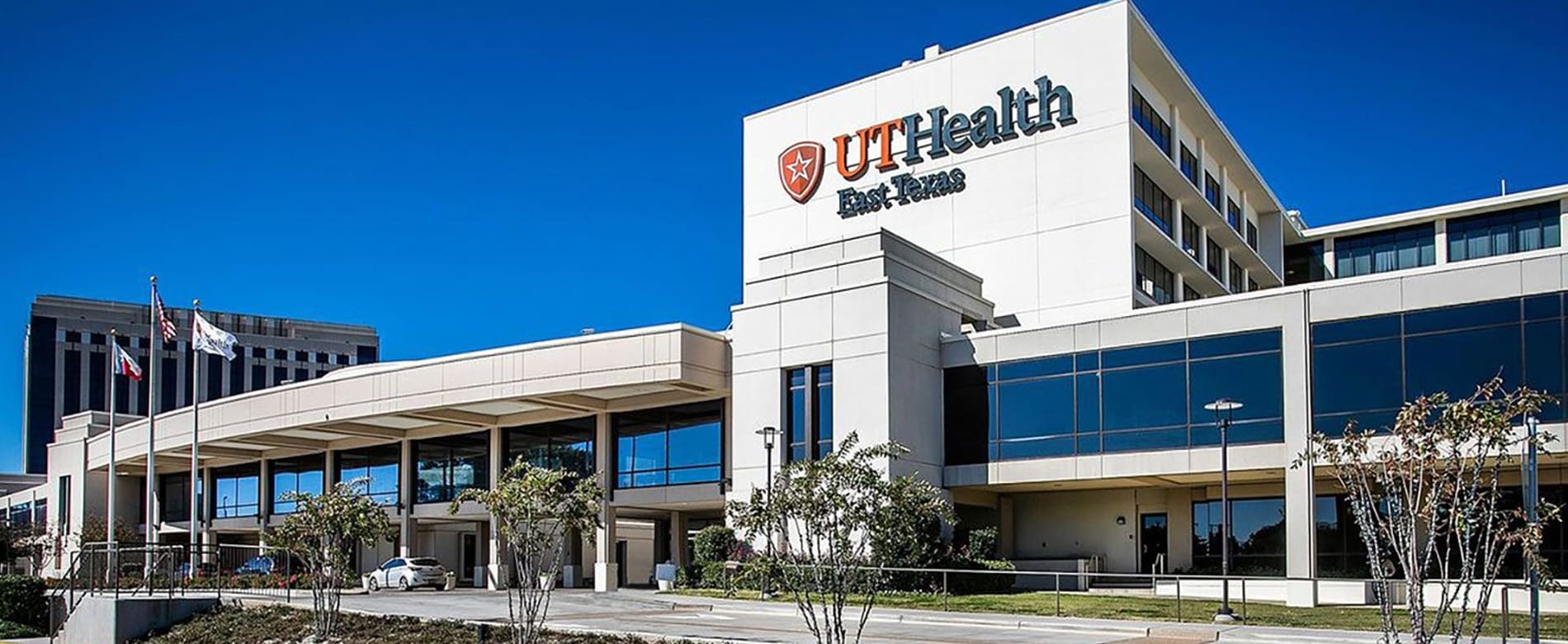Expert Surgical Care Across East TX
Whenever a surgical procedure is necessary, UT Health East Texas provides a standard of clinical excellence and a wide range of surgical treatments at our conveniently located community hospital. We offer everything from joint replacement surgery to C-sections, plastic surgery, hemorrhoid surgery and cancer surgery. No matter your needs, our surgery specialists are committed to ensuring you have a stress-free experience and a successful outcome. Whether you’re seeking surgical options for an outpatient plastic surgery procedure or inpatient procedure, you can rely on UT Health East Texas for quality, safety and surgical excellence.
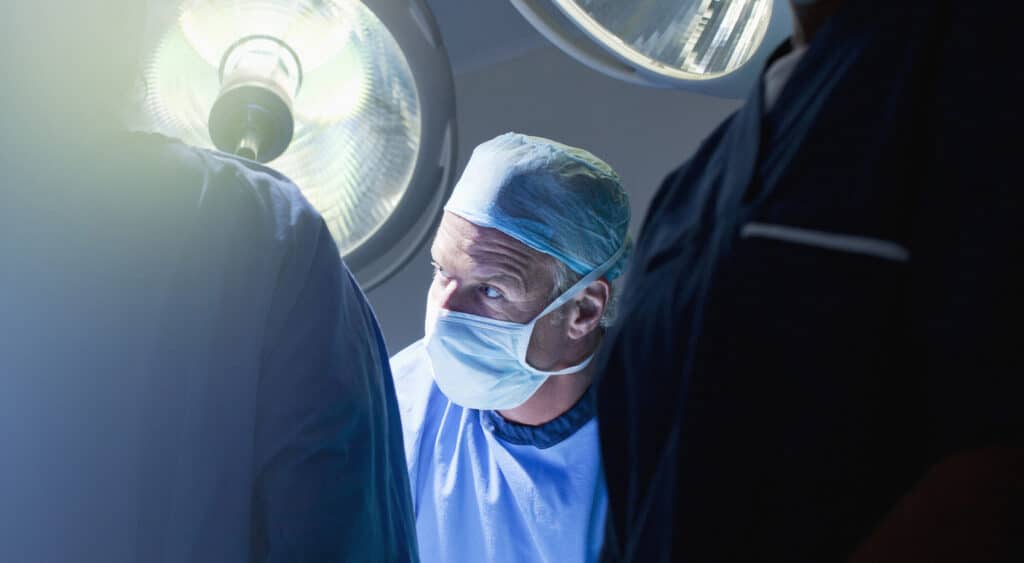
Our surgical specialties
Our surgery specialists have the credentials, skills and access to modern equipment and facilities needed to complete a broad range of surgical treatments within the following specialties:
- Bariatric surgery: Bariatric surgery, or weight loss surgery, can help patients achieve long-lasting health results. We offer a wide range of weight loss surgery options, including gastric sleeve, sleeve gastrectomy, gastric bypass, and more. Click here to learn more about our weight loss surgery options.
- Cancer surgery: Surgical removal of cancerous tissue is one of the most common and effective forms of cancer treatment. When paired with chemotherapy and radiation therapy, it forms a comprehensive cancer treatment plan. Our oncology surgeons provide surgical treatments for lung cancer, skin cancer, cervical cancer, breast cancer, prostate cancer, and colorectal cancer.
- Cardiothoracic surgery: Our heart surgeons specialize in both open and keyhole procedures, using minimally invasive techniques available whenever possible. We perform bypass and graft surgeries, as well as placing larger cardiac implants and valve replacements.
- General surgery: We provide appendectomies, gallbladder removal, hemorrhoid procedures, cyst/lesion removal, and diagnostic or exploratory stomach surgery and wound drainage.
- Hand surgery: Our plastic surgeons at UT Health North Campus Tyler provide comprehensive hand surgery treatments, including care for carpal tunnel syndrome, rheumatoid arthritis, traumatic injuries, cysts, and more.
- Heart surgery: At UT Health North Campus Tyler, we offer comprehensive cardiovascular surgical treatments, including pacemaker implantation, coronary stenting, cardiac catheterization, TAVR and more.
- Hernia: hiatal or paraesophageal
- Obstetrics and gynecology: Our OB/GYN surgical procedures include Cesarean section deliveries, cervical cerclage to prevent preterm labor, total laparoscopic hysterectomy, Novasure ablation, and diagnostic hysteroscopy/cystoscope.
- Orthopedics: We offer various orthopedic services, including total joint replacement for knees, hips and shoulders, as well as outpatient arthroscopic knee, shoulder, wrist and ankle procedures.
- Plastic surgery: Our plastic surgeons offer procedures like breast augmentations and lifts, eyelid surgery, facial plastic surgery, rhinoplasty, and more.
To learn more about our inpatient and outpatient surgical treatments, please call us.

